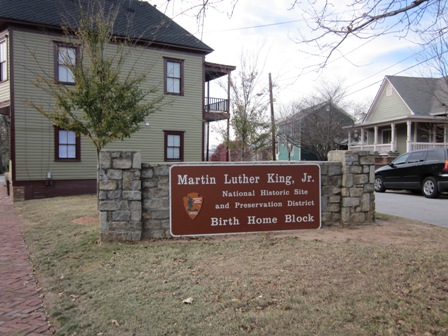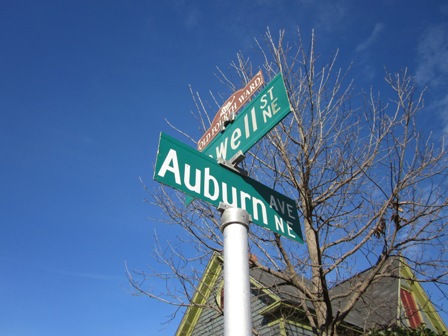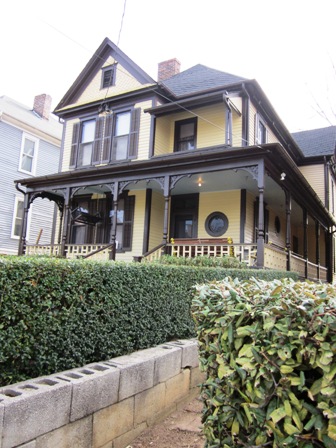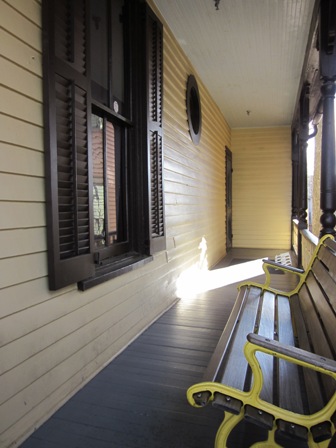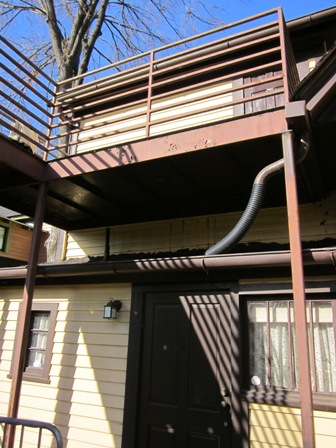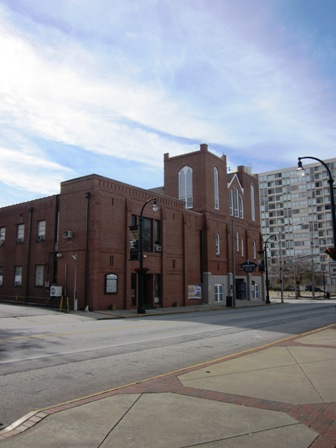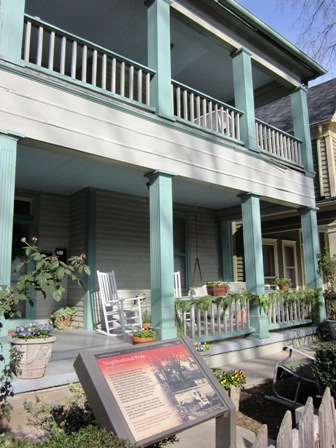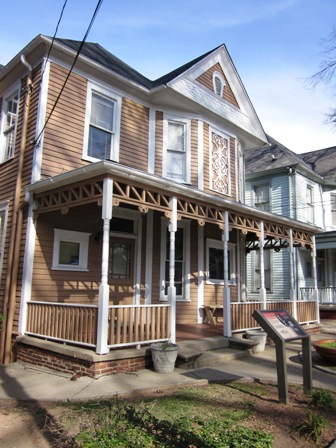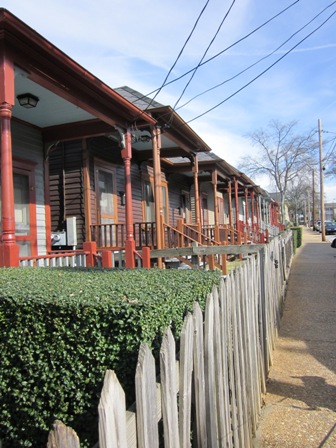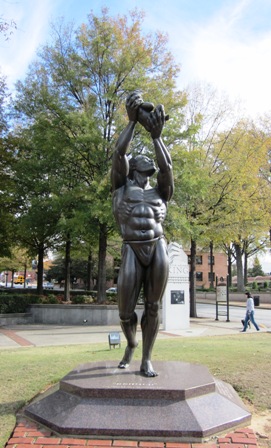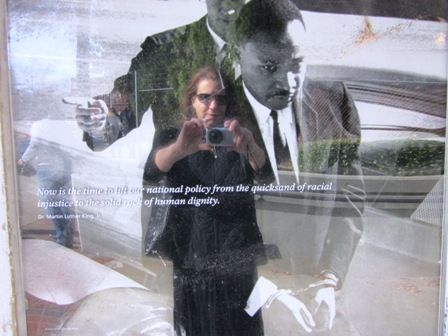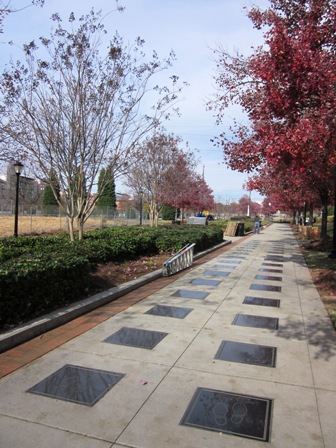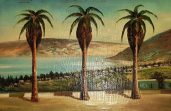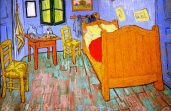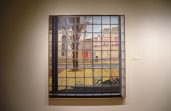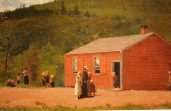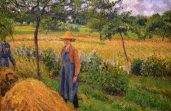Remembering Dr. Martin Luther King, Jr.
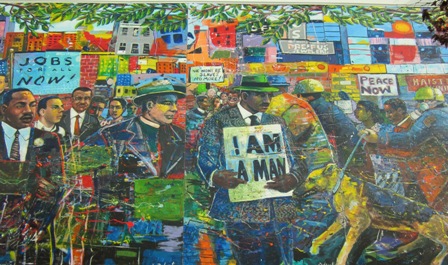
“Our lives begin to end the day we become silent about things that matter.”
~ Dr. Martin Luther King, Jr. ~
On January 15, 1929, Martin Luther King Jr. was born at 501 Auburn Avenue, in Atlanta, Georgia, just as his brother before him, and his sister afterward. His parents had refused to have their children born in a segregated hospital, and thus with the aid of a physician, chose to have their children delivered at home.
King grew up in a very comfortable middle class home, where he and his siblings were expected to dress for dinner, and come to the table prepared to recite a Bible verse as well as current events, from the day’s newspaper. The women in his family went to Spelman Collage, and the men to Morehouse, both in Atlanta.
In 1955, Dr. King received his Doctorate in Theology from Boston University, and began serving as the Pastor of the Dexter Avenue Baptist Church in Montgomery, Alabama.
His work as the leader of the Civil Rights Movement, in the United States, began with his election as the head of the Montgomery Improvement Association, which was organized to defend Rosa Parks who had been arrested for refusing to move to the back of the bus. From this point forward, King would spend the rest of his life fighting for civil rights.
King was assassinated on April 4, 1968, while standing on the balcony of the Lorraine Motel in Memphis Tennessee, where he had gone to support striking sanitation workers.
The Martin Luther King, Jr. National Historic Site was established in 1980 and includes the birth home, the Ebenezer Baptist church, the King Center, where Dr. and Mrs. King are buried, fire Station No 6 which is the oldest fire station in Atlanta, the Visitor Center, as well as a portion of Auburn Avenue which owned or leased by the Park to preserve the historic neighborhood.
The park is easily accessible with plenty of parking, and admission is free.
The Martin Luther King, Jr. National Historic Site
The Historic Sweet Auburn Neighborhood
Below is the home where Dr. King and his two siblings were born. The house was originally purchased by Dr. King’s maternal Grandparents, with whom the Kings lived. His grandfather, Rev. A.D. Williams first purchased this home, in 1909, on Auburn Avenue, which was predominantly black. Rev. Williams was the pastor of Ebenezer Baptist church, after he died, in 1931, his son-in-law, Rev. Martin Luther King Sr., became the pastor. It was a very comfortable middle class home, within a block from where Dr. King Senior, served as Pastor of Ebenezer Baptist Church. Restored to reflect the life which Dr. King lived until he was twelve, when the King family moved, and turned the house into a duplex, keeping it for as a rental property.
Rev. Matrin Luther King, Jr. Birth Home
The Front Steps
The Front Porch
The back of the House
Ebenezer Baptist Church
The Old Sanctuary where the Williams and Kings Pastored
Joseph and Lavata Shaw Home
The Byrant – Graves Home
Built by the Empire Textile Company, these Shotgun Houses, on Auburn Avenue, were built for white, blue-collar workers, who lived in this area until the race riots of 1906.

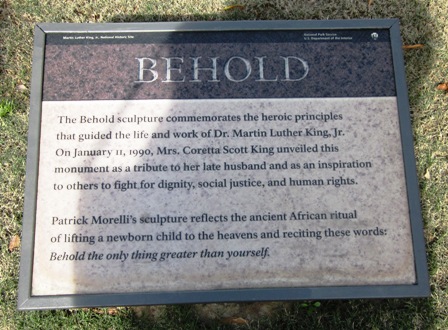 This sculpture made quite an impression on us. It “reflects the ancient African ritual of lifting a new born child into the heavens, reciting these words: Behold the only thing greater than yourself.”
This sculpture made quite an impression on us. It “reflects the ancient African ritual of lifting a new born child into the heavens, reciting these words: Behold the only thing greater than yourself.”
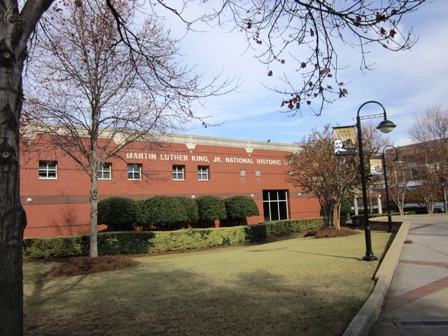
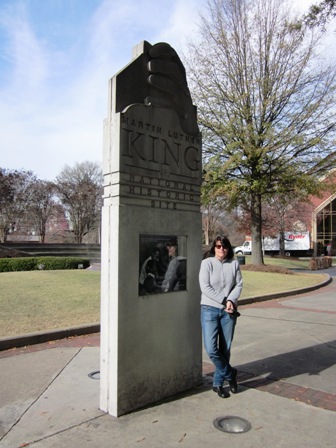 Kate being tugged by Merry
Kate being tugged by Merry
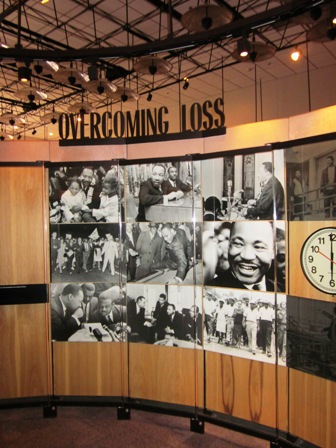
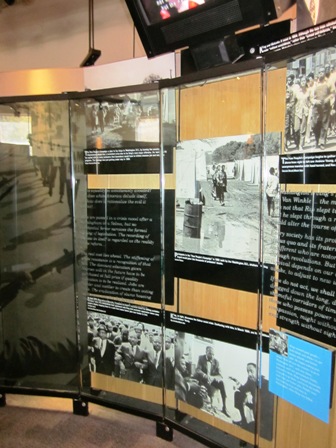 Some of the many displays which enhance the experience of the Park
Some of the many displays which enhance the experience of the Park
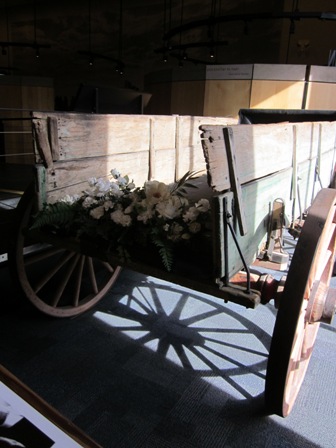
The caisson used to carry Dr. King’s body on April 9, 1968, from Ebenezer Baptist Church to Morehouse College.
Inserting Myself into History
 The Civil Rights Walk of Fame
The Civil Rights Walk of Fame
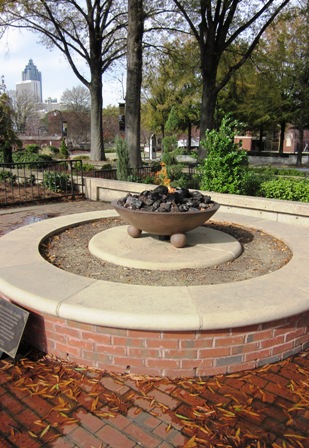
The Eternal Flame
“In the end, we will remember not the words of our enemies, but the silence of our friends.”
~ Dr. Martin Luther King, Jr. ~

